Major Horace Hutchins
 Horace Hutchins was born on January 28, 1868 in Kemptville, Ontario. His grandfather had arrived in Oxford-on-Rideau Township from Ireland around 1820 and the family had farmed in the area since then. Horace attended the Kemptville Union Public and High School on Oxford Street, and then became a farmer and businessman, an agent for Frost and Wood farm implements company. He was Reeve of Kemptville in 1912. On August 3, 1915, he enlisted with the 109th Canadian Infantry Battalion, a unit of the Canadian Overseas Expeditionary Force (CEF). He had served eight years with the 56th Regiment in Kemptville and had been Captain in the local militia company, the 56th Lisgar Rifles.
Horace Hutchins was born on January 28, 1868 in Kemptville, Ontario. His grandfather had arrived in Oxford-on-Rideau Township from Ireland around 1820 and the family had farmed in the area since then. Horace attended the Kemptville Union Public and High School on Oxford Street, and then became a farmer and businessman, an agent for Frost and Wood farm implements company. He was Reeve of Kemptville in 1912. On August 3, 1915, he enlisted with the 109th Canadian Infantry Battalion, a unit of the Canadian Overseas Expeditionary Force (CEF). He had served eight years with the 56th Regiment in Kemptville and had been Captain in the local militia company, the 56th Lisgar Rifles.
To get to the front, Major Hutchins accepted a reduction to the rank of Lieutenant. However, he was promoted to Captain and then back to the rank of Major in early 1916. While serving with the 190th Battalion, Horace was struck and killed on April 9, 1917, as he led his men across No Man’s Land during an attack on Vimy Ridge.
His wife, Mary Jane, died in October, 1918 of the Spanish Flu, one of the earliest victims of the pandemic that swept the world in 1918-1919. They had no children of their own, but had adopted a nephew, Helman Duey Hutchins, who was 19 when Horace was killed. He seems to have left before that time, however, as it was Horace’s brother who was identified as next-of-kin after Mary’s death the following year.
This letter was sent to Horace’s widow after he died:
A Co., 124th Am. Corps.
France, April 18, 1917.
My Dear Mrs. Hutchins: On behalf of the boys who were in the company in the 109th battalion, which was commanded by your late husband, I beg to offer our sincere sympathy to you on account of his loss.
He was honoured by all who knew him, both officers and men, and I’m sure all will hear of his being killed in action with deep feeling.
I have been able to get some details as to his death and will give them to you as best I can. He led his company across No Man’s land and while near the centre was hit with a bullet in the left arm. He immediately had a bandage put on and continued going forward. His death came quickly and without pain, for on reaching the enemy’s frontline he was hit in both breasts with a machine gun and died instantly. When found by a former 109th boy he was taken for having gone to sleep, but the worst was soon discovered.
As our own position has since been moved I think I may state that he has very likely been buried in one of the too numerous cemeteries near Mt. St. Eloy, which is not far from Arras.
As company sergeant-major of your late husband’s former company, I beg you to accept the sincere sympathy of myself and all the others who were in the Company at any time.
I remain, yours sincerely,
Leslie G. Hathaway, Cpl.
“The sad and unexpected news that arrived here last Friday afternoon of the passing away of Mrs. Horace Hutchins while on a visit to her cousin, Mr. W. J. Corbett, Montréal, has caused nothing but profound sadness among her friends here. Mrs. Hutchins had been visiting Mr. and Mrs. Corbett for about a month and while preparing to return home was stricken with influenza which later developed into pneumonia and after about a week’s illness she passed away. Mrs. Hutchins maiden name was Minnie J. Martin. She was a daughter of the late Samuel Martin, photographer of Kemptville. She was born here and lived practically all her life in the village. She was married to the late Major Hutchins, who so gallantly gave his life in the service of his country at the assault on Vimy Ridge in the spring of 1917.”
Weekly Advance, October 31st, 1918.






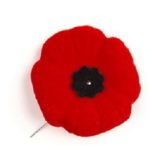
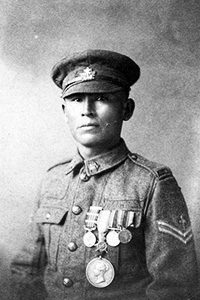
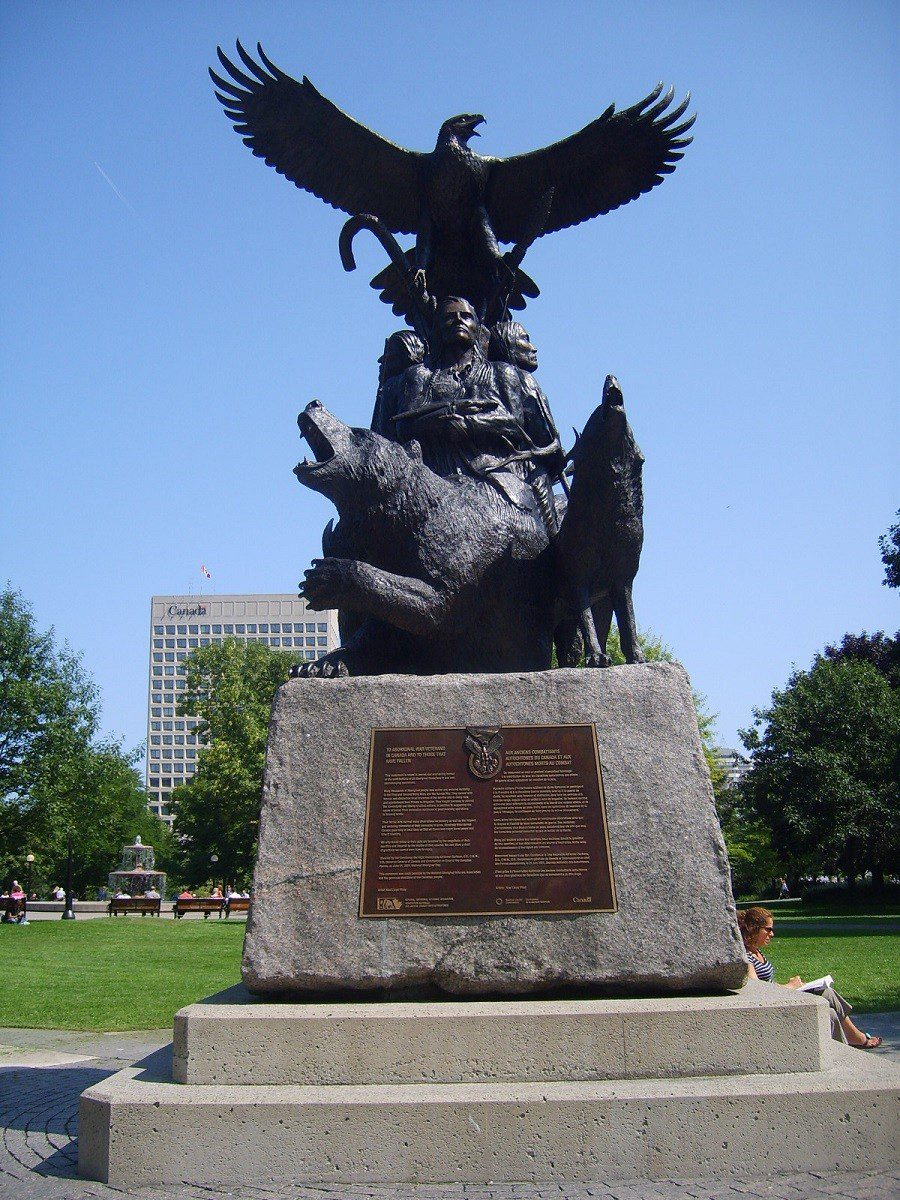
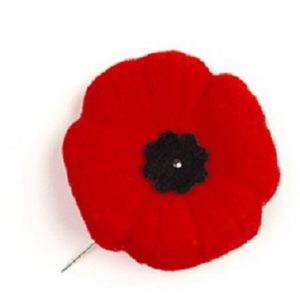
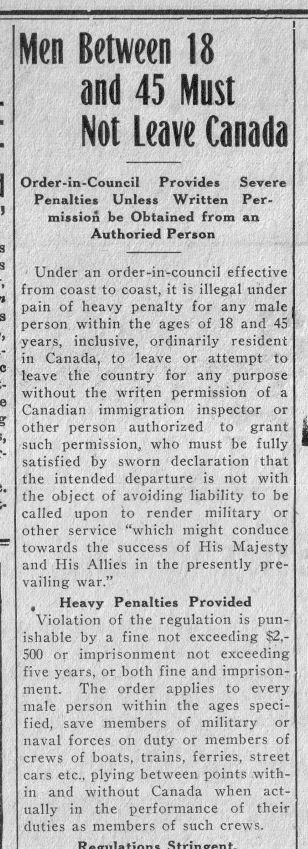
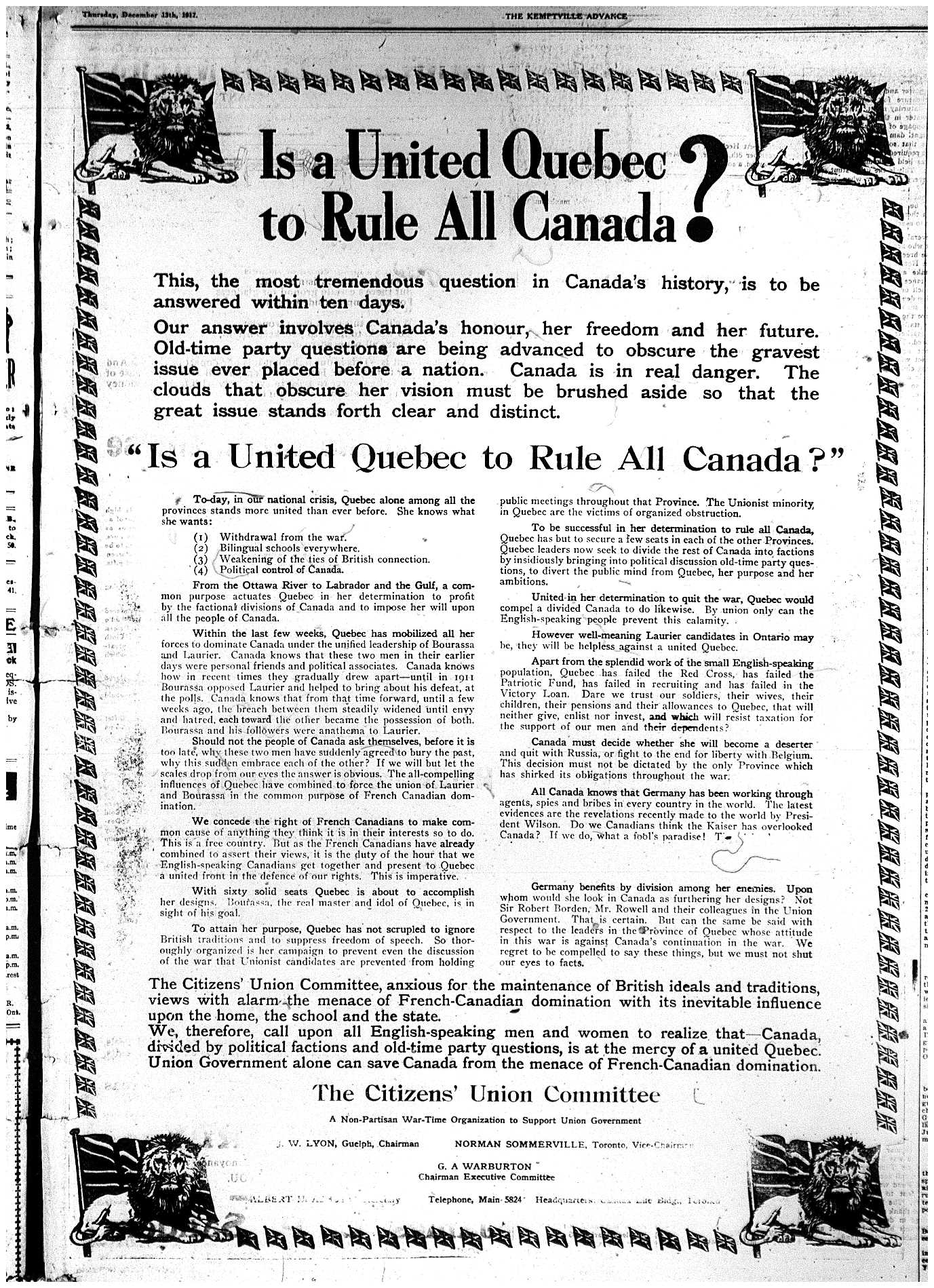

 Horace Hutchins was born on January 28, 1868 in Kemptville, Ontario. His grandfather had arrived in Oxford-on-Rideau Township from Ireland around 1820 and the family had farmed in the area since then. Horace attended the Kemptville Union Public and High School on Oxford Street, and then became a farmer and businessman, an agent for Frost and Wood farm implements company. He was Reeve of Kemptville in 1912. On August 3, 1915, he enlisted with the 109th Canadian Infantry Battalion, a unit of the Canadian Overseas Expeditionary Force (CEF). He had served eight years with the 56th Regiment in Kemptville and had been Captain in the local militia company, the 56th Lisgar Rifles.
Horace Hutchins was born on January 28, 1868 in Kemptville, Ontario. His grandfather had arrived in Oxford-on-Rideau Township from Ireland around 1820 and the family had farmed in the area since then. Horace attended the Kemptville Union Public and High School on Oxford Street, and then became a farmer and businessman, an agent for Frost and Wood farm implements company. He was Reeve of Kemptville in 1912. On August 3, 1915, he enlisted with the 109th Canadian Infantry Battalion, a unit of the Canadian Overseas Expeditionary Force (CEF). He had served eight years with the 56th Regiment in Kemptville and had been Captain in the local militia company, the 56th Lisgar Rifles.